Have you ever wondered “How do chickens mate?” Well, I can tell you it’s not like people.
In fact, if people mated like chickens, it would be odd indeed. There’s completely zero romance (at least of human value) involved.
One of the fun (or not so fun) things about being on a farm is you get to see animals mating. A lot.
Chickens mating are no exception. In fact, chickens mate so much that it can cause problems with your hens if you’re not careful, particularly if you have multiple roosters.
The first thing you should know about how chickens mate is that hens don’t require a rooster to lay eggs. They do it naturally once they reach the right age, and will lay an egg every 26 hours or so.
But how do chickens mate?
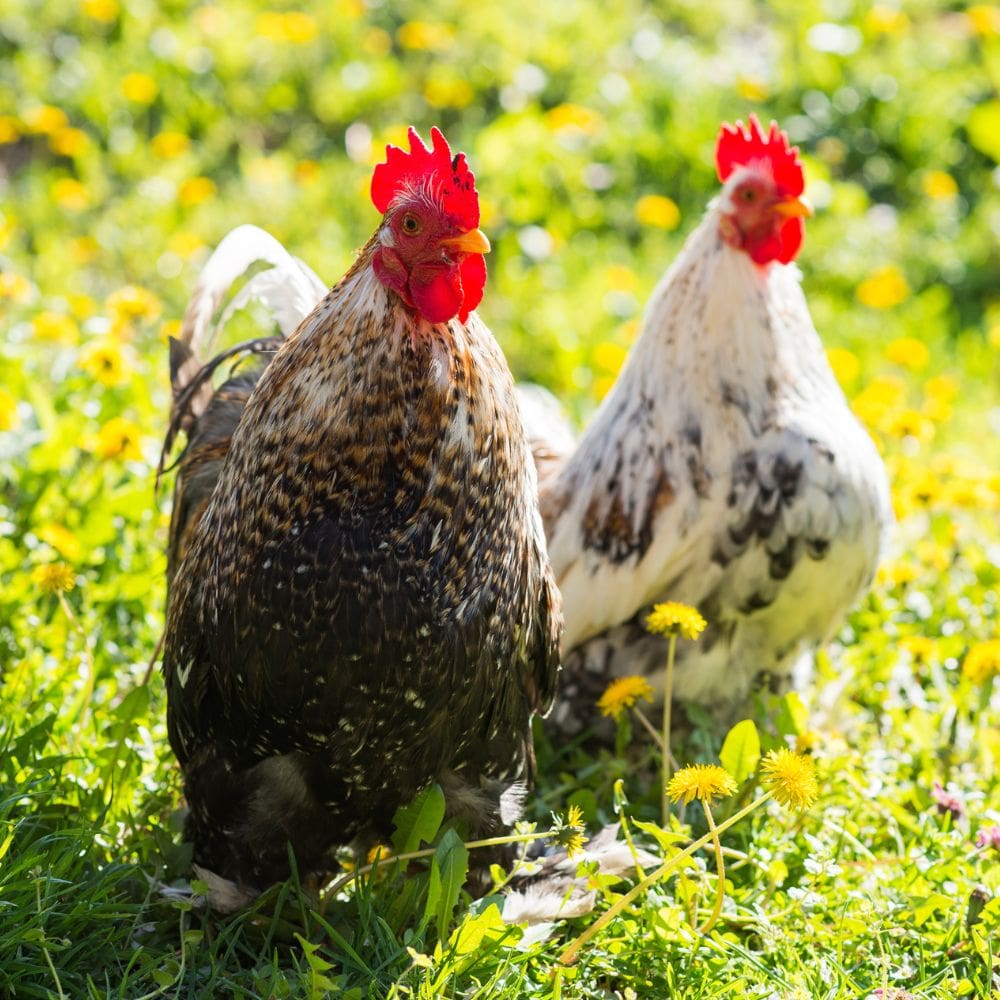
Table of Contents (Quickly Jump To Information)
The mating ritual
It all starts with a chicken mating dance (let’s just say their mating behaviors are odd). The rooster circles a female while scuttling his feet with his wings stretched down. He’ll also scratch the earth. It’s his way of propositioning the hen and marking “his territory.”
If one of your girls wants to mate, she will squat on the ground and allow the rooster to mount her. Now, as for how do chickens mate, the actual event itself is brief and rather brutal.
Mating details
The rooster mounts the female and usually grabs the top of her head near her comb with his beak (or by her neck feathers). He then stands on her back and lowers his cloaca for what is referred to as the cloacal kiss.
You might hear the hen squawk or sound distressed. That’s normal, and only a cause for concern if she is actually hurt. The hen, meanwhile, inverts her vent, and the chickens touch cloaca.
The male’s semen (or sperm) is transferred to the female. It makes its way up her oviduct where it hopes to eventually fertilize an ovum.
Once the mating process is complete, the hen will rise, shake her feathers, and go on doing whatever she was doing before she was mounted.
Egg fertilization
It’s important to remember that when chickens mate, even if your girls are inseminated, they might not produce fertile eggs immediately. If you have a rooster, that’s probably not too much of a concern, since chickens mate several times a day and the semen can live up to a month or so inside her oviduct.
There have been reports of hens that haven’t been exposed to a rooster in the past month or so (the family got rid of the rooster, for example), but she still produced fertile eggs. So, if you want to incubate eggs, don’t worry. You’ll be flush with fertile eggs in no time.
If you are worried about getting fertile eggs when your chickens mate, offer vitamin E-rich foods such as spinach or swiss chard. Studies show that roosters fed a diet high in vitamin E showed increased fertility.
An excellent read about this topic is How Roosters Fertilize Eggs? (The Complete Process).
It’s a social thing
Something you might not know is that chickens mate for reasons other than reproduction. (Further reading: Can Chickens Lay Eggs without a Rooster?)
It’s also something they do socially, as a way to establish a hierarchy (pecking order). Chickens have strict social orders, with the rooster at the top, then the hens, then the younger pullets and cockerels.
When you have multiple roosters, they will compete for the same hen, either with each other or by mating with the hen successively. The reason is simple: the top rooster gets to pass his genetic value on to the hens, who in turn hatch his offspring.
This can particularly be a problem if you have several roosters and not enough hens for each. At times, we’ve raised heritage breed chickens for meat, meaning we’ve had more roosters than hens. We eventually had to separate the hens from the meat chickens because the girls were in a dangerous situation; too many roosters trying to mate with them at once, and successively.
Female chickens are usually compliant, leaving them vulnerable to eventual problems if they mate too much.
To make things even more interesting, there are also instances of hens taking the social role of roosters, including mating, in the absence of a male. These situations are few and far between, but it does happen.
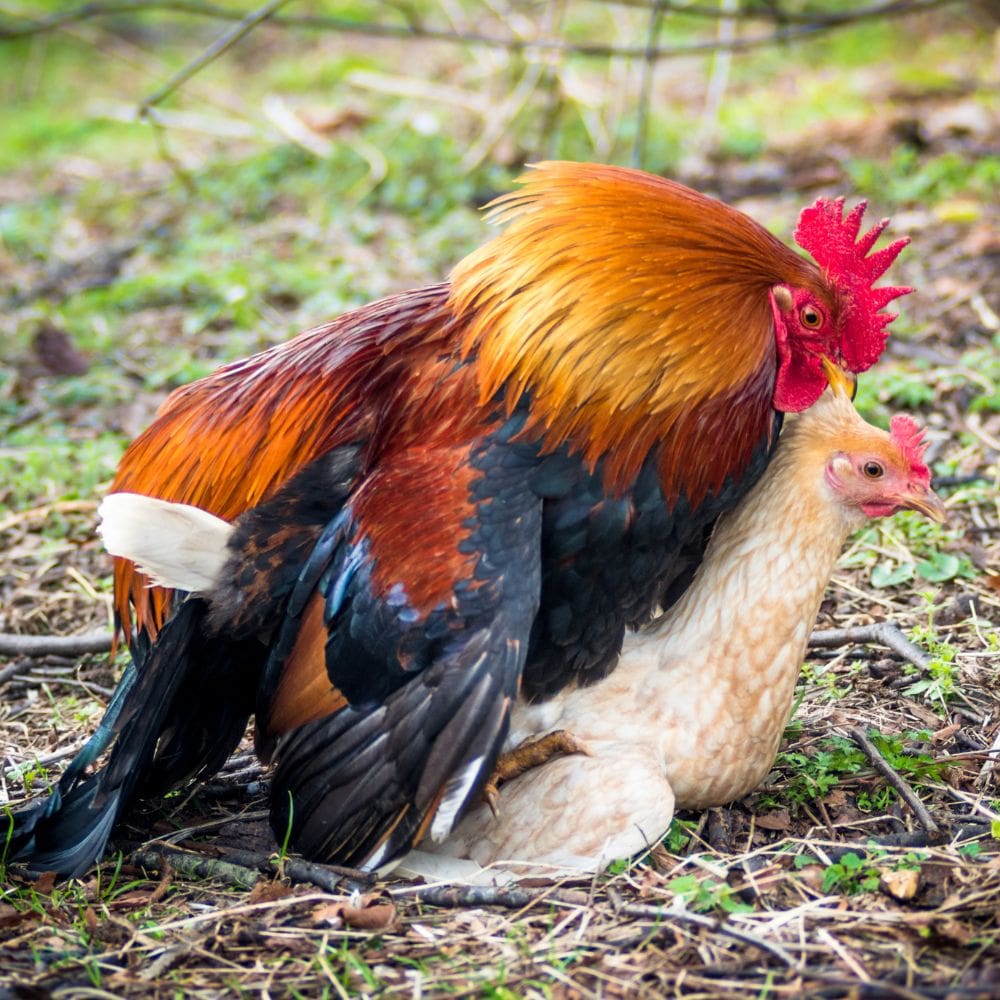
Some things to look out for when chickens mate
There are a few things you should be aware of when it comes to chicken mating.
- You’ll know there’s a problem if they have excessive feather loss, bald spots, or if there are broken feathers on their back. That indicates they’re mating so much that the roosters are damaging their body.
- Also, check your hens for wounds. We had a hen who was sweet and compliant, but one day we noticed she had deep wounds on her side. We had added a new rooster who was so aggressive in establishing his dominance over our top rooster that he tore large holes in our hens’ sides. She never complained, but they were so deep that our only alternative was to euthanize her.
- Check your hens’ heads to make sure there are no sores. The roosters will often grab hold of the back of a hen’s head right where the comb meets the head. Sometimes, that area can get picked raw. You can put a chicken saddle on your hen to protect their backs.
- When chickens mate, the rooster stands on the female’s back, and if a lot of roosters fight over one of your girls, then her back can get hurt.
- If you have multiple roosters mating with your hens, then it might become necessary to separate them.
The bottom line is that it’s natural for chickens to mate, but as the owner of the flock, you should make sure everyone is safe.
More Chicken Raising Tips:
- How to Stop a Rooster Attack
- Rooster Spurs – Natural Protective Weapons
- Keeping Your Chickens Healthy with a Custom Dust Bath
- How to Sex Baby Chicks
- Wondering Why Chickens Can’t Fly?
- Chicken Anatomy 101
Resources
Y.F. Lin, S.J. Chang, J.R. Yang, Y.P. Lee & A.L. Hsu. “Effects of supplemental vitamin E during the mature period on the reproduction performance of Taiwan Native Chicken cockerels.” British Poultry Science, Volume 46, Issue 3, 2005
University of Wisconsin, Madison. “Female Anatomy And Histology.” Accessed April 11, 2016.
Maat van Uitert is a backyard chicken and sustainable living expert. She is also the author of Chickens: Naturally Raising A Sustainable Flock, which was a best seller in it’s Amazon category. Maat has been featured on NBC, CBS, AOL Finance, Community Chickens, the Huffington Post, Chickens magazine, Backyard Poultry, and Countryside Magazine. She lives on her farm in Southeast Missouri with her husband, two children, and about a million chickens and ducks. You can follow Maat on Facebook here and Instagram here.


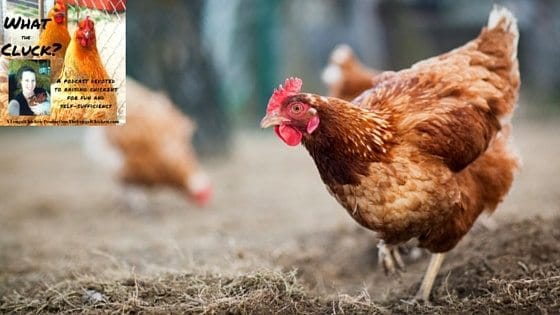
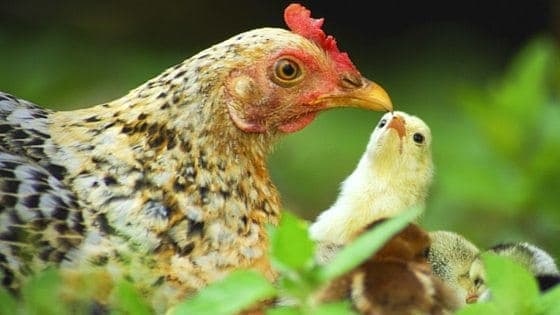
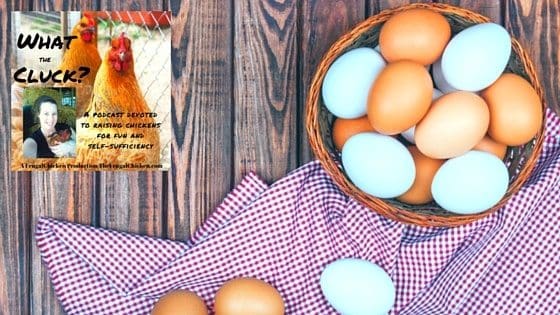
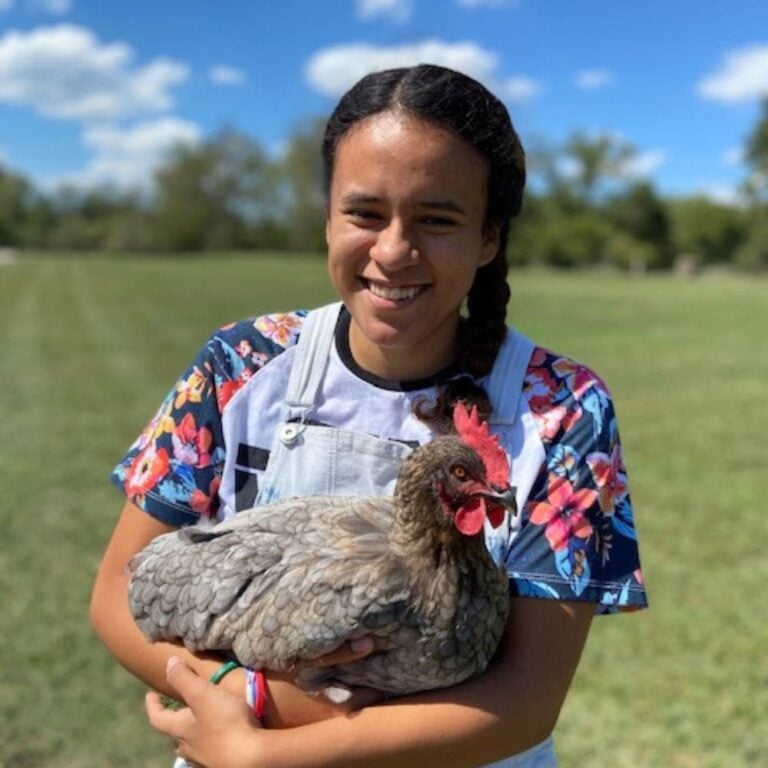
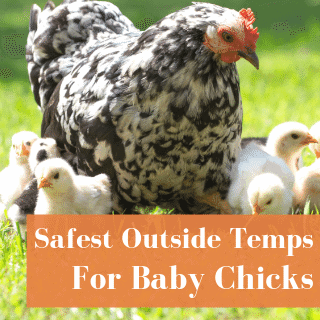
that’s awesome information! thank you!
So not much has changed with a mans courting style. haha,
great read, love learning. I have tiny homestead and raising chickens is going to happen soon. I enjoy your blog! thank you!
Heidi
Now I really know! Awesome! Your explanation was very clear. Thank you!
Thanks. That was very informative. Im glad I came across this article, seems my sister wrong about a things.
But you still didn’t explain which came first, the chicken or the egg. Nice blog though. Thanks for sharing.
It’s my personal opinion the egg came first.
but where did that egg come from??? 😉
From some species that was a relative of the chicken, then the chicken inside was a mutation that is the chicken we know today. Then those modern day chickens/mutations laid eggs and were successful as a species.